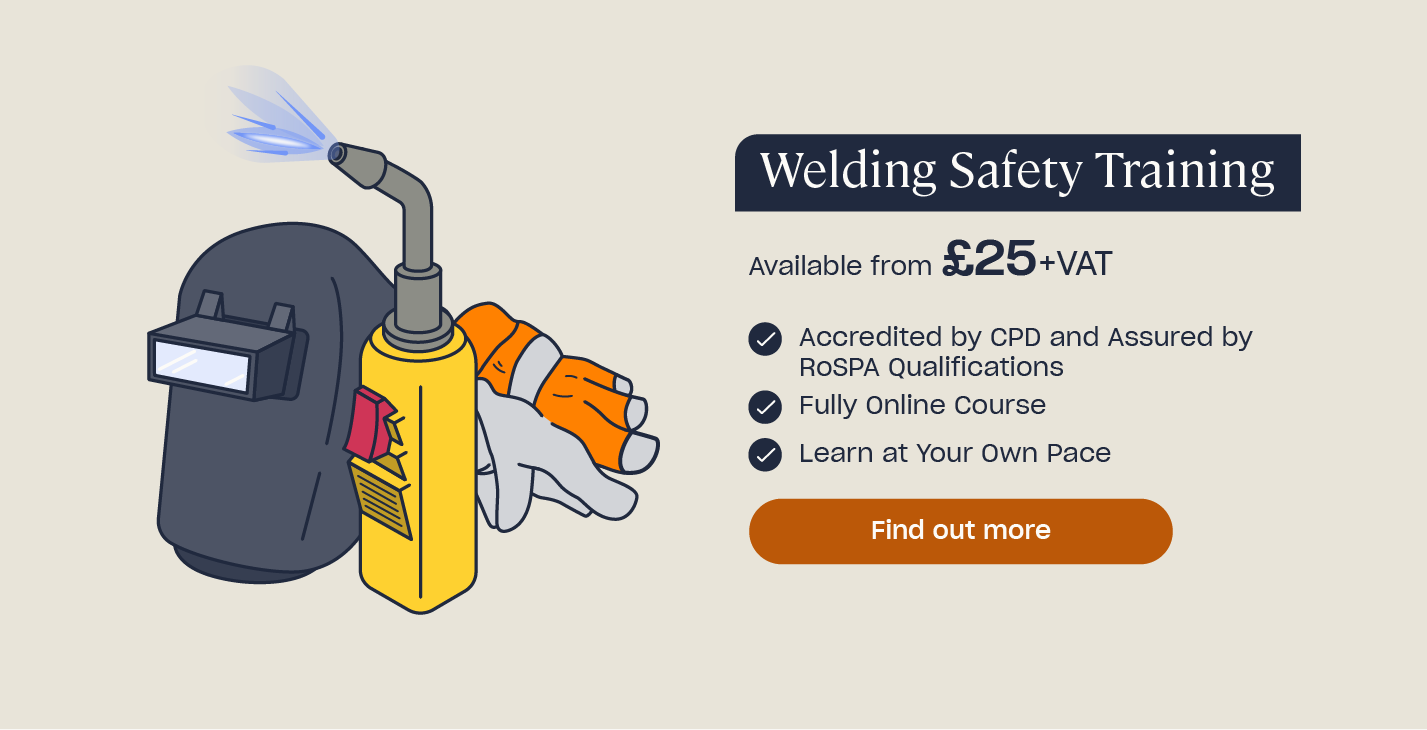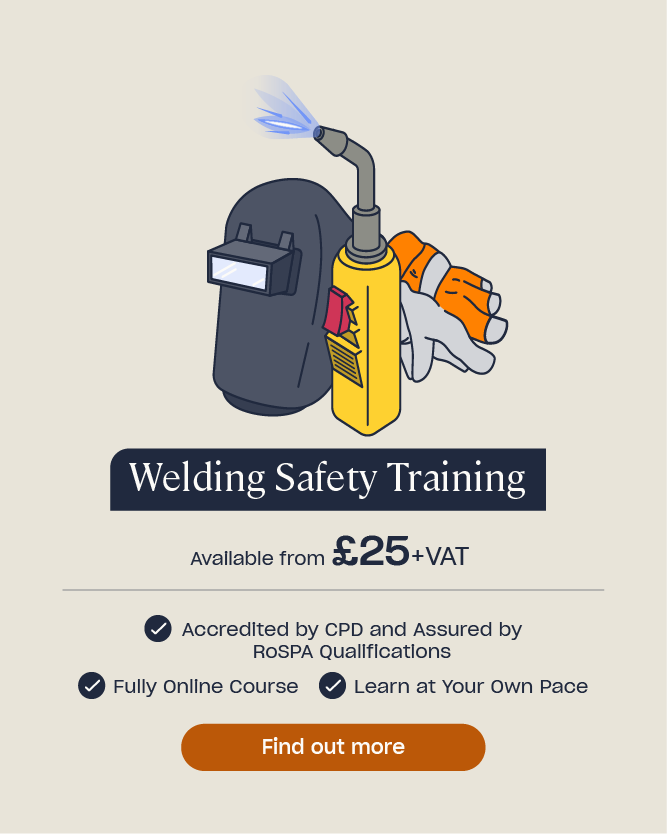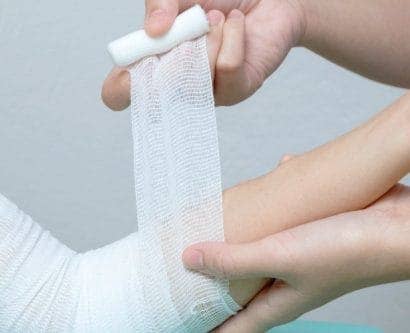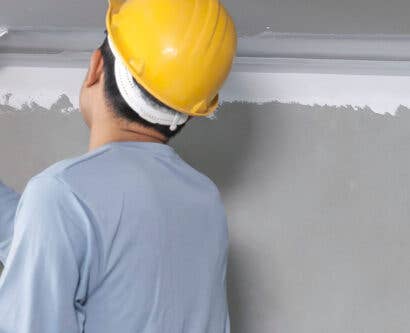What Is Arc-Eye? A Guide To The Dangers Of Arc Welding
There are many hazards associated with welding. One of these is the hazard posed by the intense light produced when welding is carried out. Looking at a welding arc without taking appropriate precautions, such as using adequate Personal Protective Equipment or Welding Curtains, can result in you being susceptible to arc-eye.
What Is Arc-Eye?
Arc-eye, also known as welder’s flash, is an inflammation of the cornea and is a result of ultraviolet (UV) radiation released by a welding arc. Other causes of arc-eye are directly looking at:
- The sun.
- A tanning salon sunlamp, halogen lamp or photographer’s flood lamp.
- The reflection of the sun off snow or water.
Often, the symptoms of arc-eye do not appear immediately. Instead, they will develop over a period of a few hours. You may, therefore, be unaware that you are suffering from arc-eye for several hours after exposure. As the most common source of ocular flash burn, it’s important you take adequate precautions to protect yourself if you work with, or around, welders.
Need Welding Safety Training?
Our Welding Health and Safety Training Course raises awareness of the risks presented by welding operations, including both gas and electric arc welding. It helps you to understand the risks that must be avoided and provides knowledge of how to carry out your welding activities safely.
“I Accidentally Looked At A Welding Arc”
If you have looked at a welding arc without wearing appropriate Personal Protective Equipment (PPE), you will likely be suffering some, or all, of the following symptoms:
- Mild pressure or intense pain in the eyes.
- Abnormal sensitivity to light or being unable to look at a light source.
- Abnormal watering of the eyes.
- Reddening of the eye and surrounding membranes.
- Tearing of the eye and surrounding membranes.
- Feeling as if there is ‘grit or sand’ in your eye.
There are many factors that can affect the severity of a flash burn injury, including distance, duration and the angle at which the radiation penetrates the eye. Additionally, long term exposure can sometimes result in cataracts, leading to loss of vision.

You should seek medical advice if you are experiencing symptoms. This is important as there may also be foreign bodies present in the eye that are contributing to your discomfort and hence, you may require an antibiotic treatment to prevent infections. If you are suffering from arc-eye, your doctor will likely provide you with eye treatments, such as dilating drops and padded dressings, to allow your eyes to rest and recover. Twenty-four to forty-eight hours after treatment begins, you will need to be reviewed by your doctor to ensure that your eyes are healing and that no infection has arisen. If there are any problems with your treatment, you will be referred to a specialist.
Your cornea should repair in one to two days. However, if you do not get arc-eye treated, you leave yourself susceptible to infections. In serious cases, this can result in varying degrees of vision loss.
Personal Protective Equipment
PPE encompasses all equipment used to protect workers against health and safety risks that may be encountered at work. After all other safety measures have been implemented, risks will still remain when carrying out welding. Therefore, adequate eye PPE is important in ensuring that you are protected from arc flash. When eye PPE is chosen, it is important to select welding helmets or goggles with the correct scale of filter for the radiation produced by the welder.

However, the risk of eye damage is not the only hazard associated with welding, and eye protection is not the only PPE that must be worn. After a thorough risk assessment has been undertaken by a competent person, adequate PPE must be worn for all hazards that might be encountered at work. You must wear appropriate PPE every time you carry out any welding activities; even if you are only carrying out a quick task.
Need to know more about Personal Protective Equipment? Take a look at our PPE Training.
Safe Distance From Welding Arc Flash
It can be hard to know when you might be at risk of arc-eye. Radiation intensity and duration of exposure can both affect the likelihood of an injury. You do not have to be the individual using the welder to experience arc-eye, just being in the vicinity of an in-use welder can be enough. Therefore, it’s important to ensure that you are aware of the precautions you should take to reduce your risk.
Radiation intensity is strongly dependent on the distance from a welder’s arc. Therefore, if you are a short distance from an arc, even a very short exposure to the arc flash can result in injury. As a result, personnel must be subject to adequate protection if they’re closer than 10 metres from an arc flash. For example, you must be behind a Welding Curtain or wearing personal eye protection. Even though the intensity of the radiation decreases the further you are from the source, actively looking at the flash of a welding arc is still ill-advised as long durations at a long distance can still result in a flash burn.
What to Read Next:
- What Are The Consequences Of Poor Manual Handling?
- Refusing To Wear PPE: Guide For Employers
- Welding Hazards in the Workplace: Safety Tips & Precautions
- 15 Workshop Hazards and How to Avoid Them
- What is Hot Work and Do I Need a Permit?
- Key Welding Terms Glossary
- Welding Safety Quiz
- Welding Safety Training











